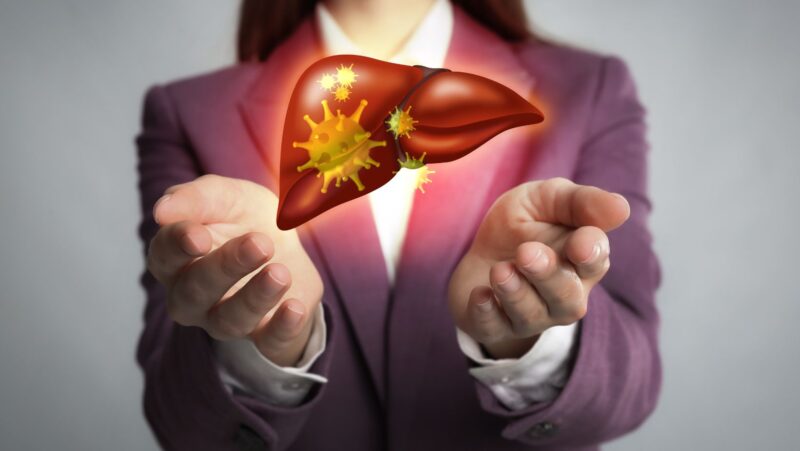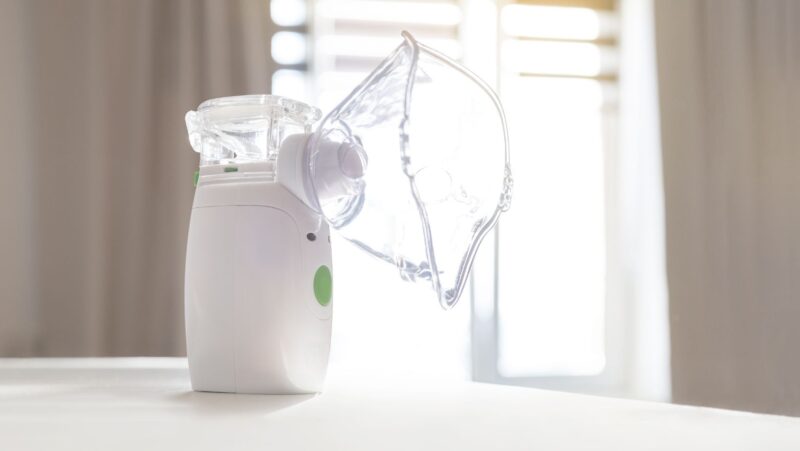
Charcot Marie Tooth disease (CMT) is one of the most common inherited neurological disorders. It’s a progressive condition that can damage the peripheral nerves. These nerves control the movement and sensation of the limbs. So, the classic symptoms of CMT include muscle weakness and sensory loss. However, the development and progression of each type of CMT are very different. This article examines the main CMT types, symptoms, causes, and features.
-
Axonal Neuropathy (CMT Type 2)
Damaged axons, the long nerve fibres that carry signals to the muscles, cause cmt type 2. Its subtypes and involved genes include:
- CMT2A: The most common form. It results from mutations in the MFN2 gene that disrupt the mitochondria.
- CMT2B, CMT2C, CMT2D, and others: Mutations occur in different genes, including RAB7 and GARS. Each subtype links to a specific gene mutation.
CMT Type 2 symptoms usually start in adolescence or early adulthood. It involves weakness in the legs and hands. Patients can have muscle wasting in the lower legs. They can also have the appearance of “stork legs.” However, the sensory loss is milder than CMT1.
-
Demyelinating Neuropathy (CMT Type 1)
CMT Type 1 is most common. It happens when there is damage to the myelin sheath in the nerves. This type produces faster nerve conduction and stronger nerve signals to the muscles. Its most common types are:
- CMT1A: It is the most common subtype of CMT1. A duplication of the PMP22 gene causes it.
- CMT1B: Results from mutations in myelin protein zero (MPZ) gene.
Other less common subtypes are CMT1C, CMT1D, and CMT1E. Mutations in other myelin-production genes cause all of these.
CMT Type 1 has an early onset of symptoms. The symptoms usually appear often in childhood or adolescence. People with this disease suffer from muscle weakness in the legs. This leads to foot drop and difficulty in walking.
They can also have high arches (pes cavus) and hammer toes. Since this disease affects the nerves, it can result in loss of sensation in the hands and feet. CMT Type 1 patients may also have slower reflexes.
-
Dejerine-Sottas Syndrome (CMT Type 3)
Dejerine Sottas Syndrome, CMT Type 3, is a rare and severe form of CMT. It occurs early in life. The causes are PMP22, MPZ, or EGR2 gene mutations. These genes affect both myelin and axonal structures. Its symptoms include muscle weakness and sensory loss. It is severe during infancy or early childhood. This can result in motor action delays, such as walking.
CMT- Type 3 can cause loss of functions of the limbs. It can make peripheral nerves appear or feel enlarged. CMT Type 3 might also cause scoliosis. Scoliosis is a medical condition characterised by an abnormal lateral curvature of the spine, often resembling an “S” or “C” shape.
-
Autosomal Recessive CMT (CMT Type 4)
CMT Type 4 is an autosomal recessive disease. This means both parents carry the defective gene, but neither inherits the disease. It mainly affects people belonging to a particular population. This includes populations such as the Roma people.
CMT4 is a heterogeneous disorder. It includes several subtypes (CMT4A, CMT4B, CMT4C) due to gene mutations (GDAP1, MTMR2, SH3TC2). The disease’s symptoms begin in early childhood and include progressive weakness and sensory loss of the limbs. CMT4 disease carriers can also have severe foot deformities, and some subtypes may have potential hearing loss.
-
X-Linked CMT (CMT Type X)
Mutations on the X chromosome cause CMT Type X. This is more severe in males than females. The primary cause of CMT Type X is mutations of the GJB1 gene. This gene encodes connexin 32. The connexin 32 gene is important in transmitting nerve signals.
Like the rest of the CMT diseases, its symptoms appear in childhood or adolescence onset. It results in weakness and breakdown of the lower limb muscles. This can result in impairment of sensation in the hands and feet. In females, there are milder symptoms due to Y chromosome inactivation.
Endnote
Charcot Marie Tooth disease has a wide range of types and subtypes. All types have different symptoms and causes and are genetically different. Understanding these types’ differences is essential for proper diagnosis, management, and support for patients and their families. While CMT is a lifelong condition, research and therapy continue to progress so that those affected by this challenging disorder can live better.














